 When studying for my first degree in fine art I was fortunate enough to win a travel bursary, which allowed me to spend a number of weeks in France doing some preliminary research on stained glass windows. (Incidently, this is how I started learning French.)
When studying for my first degree in fine art I was fortunate enough to win a travel bursary, which allowed me to spend a number of weeks in France doing some preliminary research on stained glass windows. (Incidently, this is how I started learning French.)The English term stained glass, when applied to medieval glass at least, is really a misnomer as, at this stage in its development, the technology was such that the glass used to make stained glass windows was in fact coloured and produced by the addition to the glass in its molten state of metal oxides. Small pieces of different coloured glass were then assembled in mosaïc fashion and held together with strips of lead to create an image. Moreover, the constraints of the media were such that the imagery produced is flat and decorative. Although the colour is undeniably rich, there is no sense of depth or perspective. Later, silver yellow stain came to be used as a means of actually staining the surface of clear glass to produce within a single piece of glass discrete areas of colour of various hues of yellow and orange.Together with the development of enamels, this technique allowed artists to introduce perspective into their images. Indeed, as the craft developed so many stained glass windows began to acknowledge or even reproduce contemporary paintings . Paintings by Raphaël were popular, for example. Thus, the flat, decorative language that is so characteristic of early stained glass windows gave way to a pictorial language that was more closely aligned to contemporary oil paintings.
In more recent times, artists such as Georges Rouault, Georges Braque and Marc Chagall have very successfully moved from canvas to glass. I think this is because these artists are less concerned with perspective, which of course breaks/disrupts the surface of an image as the eye is drawn towards a vanishing point. The vocabulary of these artists, so at ease with rich colour, is more decorative and is such that it finds expression as much in the language of glass as paint.
With hindsight, I can't help wondering if my observations on stained glass have been a lesson on translation too. Aren't the differences in imagery produced by the use of the different media (in this case oil painting and glass) available to artists and the constraints and qualities of these media akin to translation where the same problems and issues of transposition, adaptation and modulation in different languages arise ?
In any case, thinking about all this has prompted me to browse the internet for photographs of stained glass windows. Take a look at the window by Jacques Gruber at the aquarium at the Ecole de Nancy.
http://photos.maisonpage.info/albums.php/33-Aquarium-du-parc-Ecole-de-Nancy-(musee)
Gruber's work is wonderfully decorative. There is no attempt to render the glass "invisible". By that I mean the viewer is always conscience of the media ; you know you are looking at a coloured glass window. Nevertheless, there is an expression of movement and light that evokes an aquatic environment. Gruber achieves this I think by playing with the differences in the opacity of the glass... to beautiful effect !

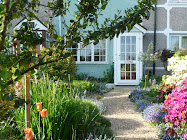

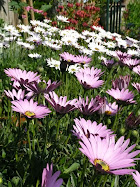




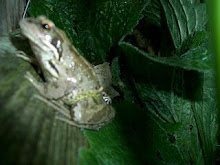

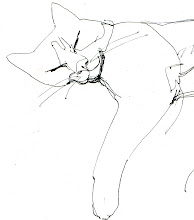



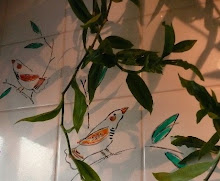
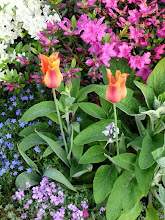




No comments:
Post a Comment